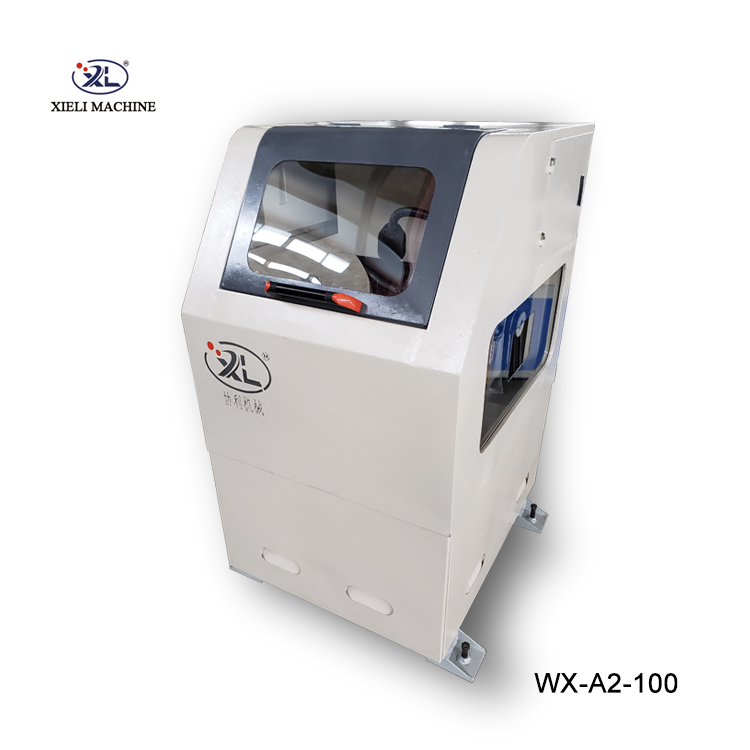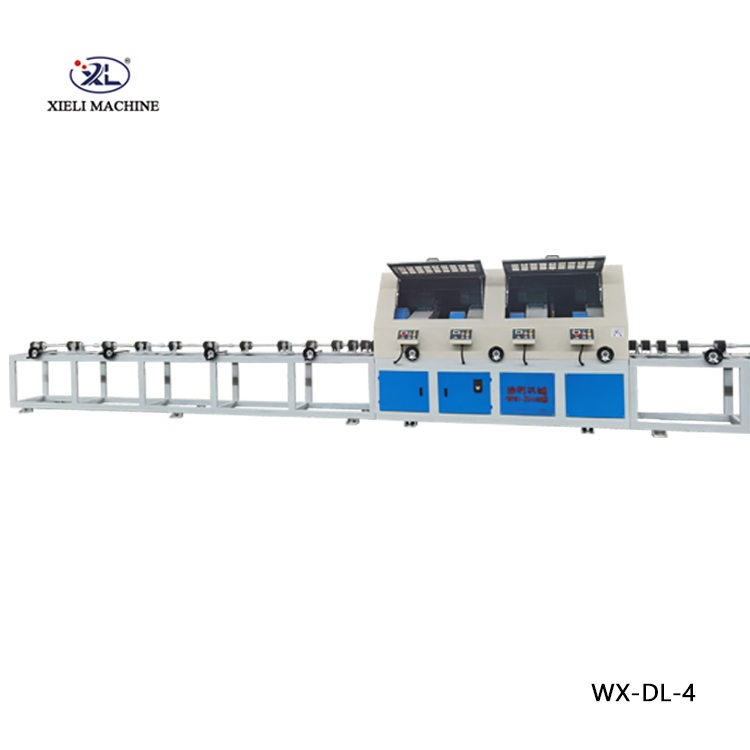The Importance of Stainless Tube Polishing Machines in Modern Industries
In today's manufacturing landscape, the significance of stainless tube polishing machines cannot be overstated. These machines play a crucial role in ensuring not only the aesthetics of metal products but also their functionality and longevity. Stainless steel is renowned for its resistance to corrosion, strength, and versatility, making it a preferred choice in various industries, including pharmaceuticals, food processing, automotive, and construction. This article delves into the significance of stainless tube polishing machines, their working mechanism, and their applications.
Understanding Stainless Tube Polishing
Polishing stainless tubes involves the process of smoothing the surface of the metal to remove imperfections, enhance surface quality, and prepare it for further processing or utilization. The polished surface of stainless steel does not just serve an aesthetic purpose; it also contributes to the material's resistance to bacteria and other contaminants, making it especially important in industries that require strict hygiene standards.
Mechanism of Stainless Tube Polishing Machines
Stainless tube polishing machines utilize various techniques to achieve a high-quality finish
. The most common methods include mechanical polishing, electropolishing, and chemical polishing.1. Mechanical Polishing This method involves the use of abrasives and polishing compounds to physically remove surface imperfections. Machines equipped with rotating brushes, belts, or wheels carry out this process. The friction generated smoothens the surface, providing a shiny finish.
2. Electropolishing This electrochemical process enhances the corrosion resistance of stainless steel. The workpiece is submerged in an electrolyte solution and connected to an electrical source. Anodic dissolution removes material from the surface, resulting in a smooth and bright finish. Electropolishing not only improves aesthetics but also eliminates contaminants embedded in the material's surface.
stainless tube polishing machine

3. Chemical Polishing This method employs a chemical solution that selectively removes surface material without significant mechanical action. It is ideal for components that are delicate and cannot withstand harsh mechanical processes.
Applications of Stainless Tube Polishing Machines
The applications of stainless tube polishing machines are vast and varied. In the food and beverage industry, polished stainless steel tubes are essential for piping and processing equipment, as they are easier to clean and maintain, thereby ensuring food safety. Additionally, in the pharmaceutical sector, polished tubes are critical for manufacturing equipment that must maintain stringent hygiene standards.
In the automotive industry, polished stainless tubes are commonly found in exhaust systems and other components where both appearance and durability are important. The aesthetic appeal of a polished surface can enhance the overall look of a vehicle while also providing resistance to corrosion.
Moreover, in the construction industry, polished stainless steel is often used in architectural elements. From railings to fittings, the shiny surfaces of polished tubes not only elevate the visual appeal of structures but also ensure longevity, as stainless steel is less prone to rust and tarnishing.
Conclusion
The role of stainless tube polishing machines is integral to the manufacturing and handling of stainless steel components across a multitude of industries. By ensuring a polished, smooth surface on these tubes, manufacturers can enhance their products' functionality, aesthetic appeal, and durability. As industries continue to evolve and demand higher standards, the innovation and efficiency of polishing machines will remain crucial in meeting those needs. In a world where quality and performance are paramount, investing in advanced stainless tube polishing technology is not just a choice—it's a necessity for staying competitive and ensuring product excellence.









